| 1) For the equation y = x – 3, find the y-values for the x-values provided in the chart. Graph the ordered pairs on graph paper. Write the five ordered pairs and describe the type of graph that is formed when the points are connected. (Graph paper is provided in the content area of this unit.) |
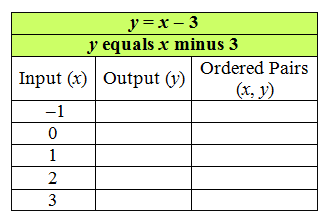 |
4000 character(s) left
Your answer is too long. |
|
| |
|
| 2) For the equation y = 2x + 3, find the y-values for the x-values provided in the chart. Graph the ordered pairs on graph paper. Write the five ordered pairs and describe the type of graph that is formed when the points are connected. |
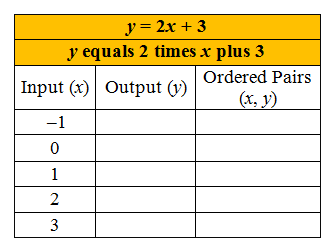 |
4000 character(s) left
Your answer is too long. |
|
| |
|
| 3) Write three ordered pairs for the points emphasized (red) in the graph. |
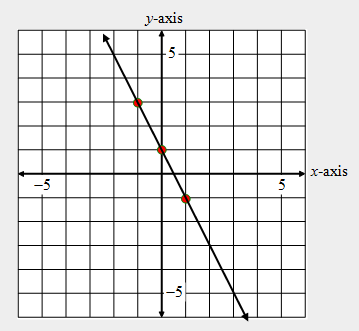 |
4000 character(s) left
Your answer is too long. |
|
| |
|
| 4) For the points that fall on the line in graph in the previous problem, what equation represents the relationship of “x” and “y”? |
|
|
|
| |
|
| 5) Write the ordered pair for the point on the line that is designated with a diamond (yellow) and use it as a test point to see if it fits the equation selected in the previous problem. State the ordered pair and explain how to “test the point”. |
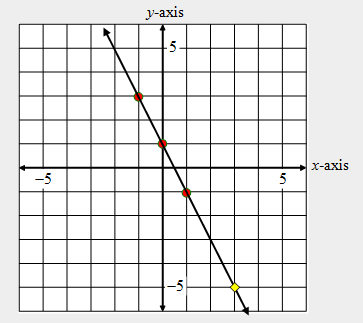 |
4000 character(s) left
Your answer is too long. |
|
| |
|
| 6) Which line has a steeper slope? |
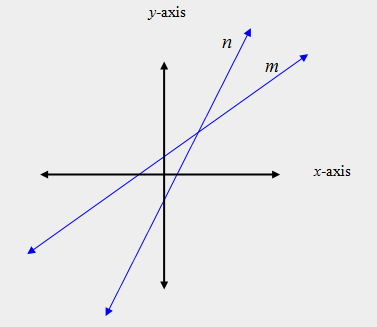 |
|
|
| |
|
| 7) Which line has a flatter slope? |
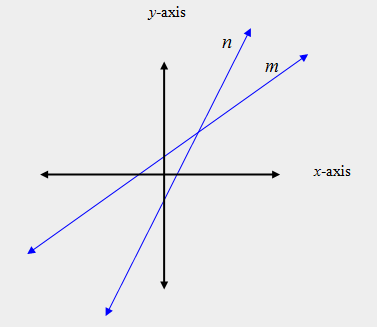 |
|
|
| |
|
| For the next two problems, suppose the equations of the two lines graphed are y = 2x – 3 and y = (3/4)x + 2. Determine if the statements are true or false. |
|
|
| |
| 8) True or False. Line “m” is the graph of y = 2x – 3. |
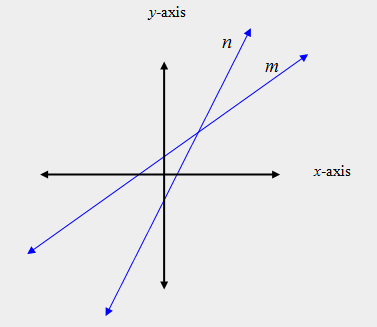 |
|
|
| |
|
| 9) True or False. Line “n” is the graph of y = (3/4)x + 2. |
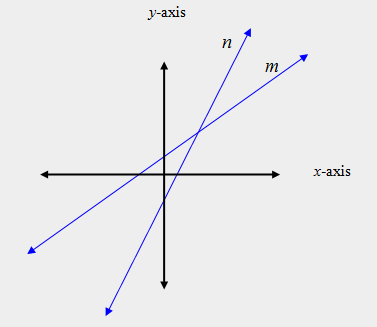 |
|
|
| |
|
| 10) Which line or lines have a negative slope? |
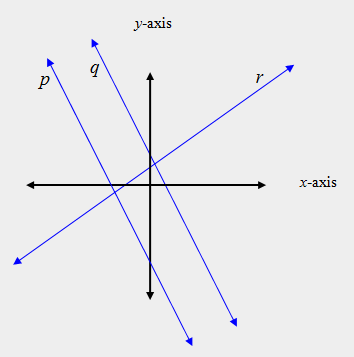 |
|
|
| |
|
| 11) What number might be “m”, the coefficient of “x”, in the equation of line p if the equation is in slope-intercept form (y = mx + b)? |
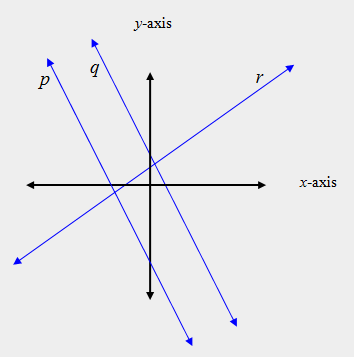 |
|
|
| |
|
| 12) Graph each of the three given equations. How do the lines change as the coefficient of “x” increases in value? (To graph the equations on graph paper, create a table of values for each equation. Use –1, 0, 1, 2, and 3 as values for “x”, determine the corresponding y-values, graph the ordered pairs, and then draw a line through them. Compare the three lines to answer the question.) |
 |
4000 character(s) left
Your answer is too long. |
|
| |
|
| 13) Graph each of the three given equations. How do the lines change as the coefficient of “x” becomes more negative? (To graph the equations on graph paper, create a table of values for each equation. Use –1, 0, 1, 2, and 3 as values for “x”, determine the corresponding y-values, graph the ordered pairs, and then draw a line through them. Compare the three lines to answer the question.) |
 |
4000 character(s) left
Your answer is too long. |
|
| |
|
| |
| In the figure below, two lines are parallel and cut by a third line called the transversal. Refer to this figure to solve the next six problems. |
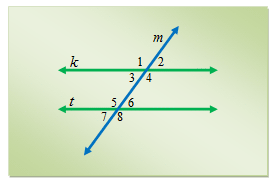 |
|
| |
| |
|
| |
|
| 16) Name four congruent acute angles. |
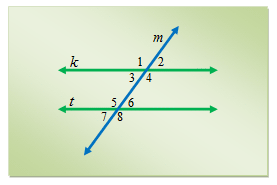 |
4000 character(s) left
Your answer is too long. |
|
| |
|
| 17) Name four congruent obtuse angles. |
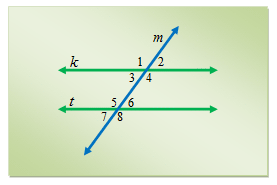 |
4000 character(s) left
Your answer is too long. |
|
| |
|
| 18) Name two pairs of vertical angles. |
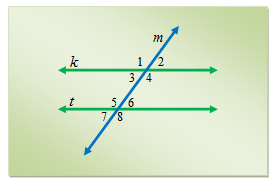 |
4000 character(s) left
Your answer is too long. |
|
| |
|
| 19) List two pair of alternate interior angles. |
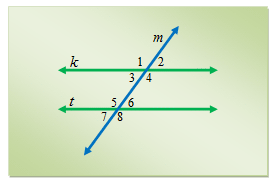 |
4000 character(s) left
Your answer is too long. |
|
| |
|
| Draw a sketch of similarity based on the facts given, and then solve the next six problems. (Note: Draw the triangles so that vertex A corresponds to vertex D, vertex B corresponds to vertex E, and vertex C corresponds to vertex F.) |
 |
|
| |
| |
|
| |
|
| |
|
| |
|
| |
|
| |
|
| Square ABCD has vertices at A(1, 1), B(1, 7), C(7, 7), and D(7, 1). On graph paper, draw square ABCD two times in two separate coordinate planes. For the next two problems, perform each transformation in a separate coordinate plane. Draw the results and list the new ordered pairs of the image. Refer back to the original square for each problem. (Note: Graph paper is provided in the content section of this unit.) |
|
|
| |
| 26) Translate square ABCD left 3 and down 2. What are the ordered pairs of the vertices of the image? |
|
4000 character(s) left
Your answer is too long. |
|
| |
|
| 27) Translate square ABCD right 4 and down 1. What are the ordered pairs of the vertices of the image? |
|
4000 character(s) left
Your answer is too long. |
|
| |
|
| |
|
| |
|
| 30) Explain how a net helps when finding surface area? |
|
4000 character(s) left
Your answer is too long. |
|
| |
|
| 31) On paper draw the net for a cylinder. What flat shapes make up the drawing? |
|
4000 character(s) left
Your answer is too long. |
|
| |
|
| 32) On paper draw a net for a square pyramid. What flat shapes make up the drawing? |
|
4000 character(s) left
Your answer is too long. |
|
| |
|
| 33) Mr. Nero drives to work each day 35 miles one way. If he were in a hurry, could he legally make it to work in less than a half hour with the legal speed limit set to 65 MPH? Reference the formula, d = rt, when explaining the answer. |
 |
20000 character(s) left
Your answer is too long. |
|
|
Attachments |
|
| 34) Knowing that Mr. Nero (in the previous problem) lives close to an interstate highway, estimate the amount of time it would take for him to get to work in a hurry; but, stay within the legal speed limit. |
|
4000 character(s) left
Your answer is too long. |
|
| |
|
| 35) Four boys run a race. At the instant Glenn has run 40 meters, Marco is 10 meters behind him. Ted is 15 meters ahead of Marco and Sam is 5 meters behind Glenn. Select the correct order of the boys. |
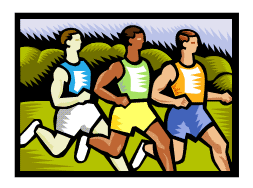 |
|
|
|
|
|
|
| |
|
| 36) For the given figure, the lengths of two or three sides are given, and segments that appear to be perpendicular are indeed perpendicular. Which figure could have a perimeter of 28? |
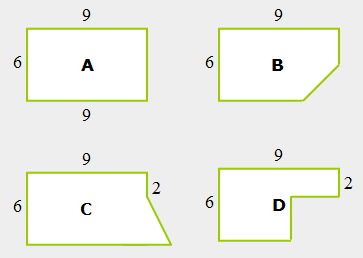 |
|
|
| |
|
| 37) The graph represents the solution to which inequality? |
 |
|
|
| |
|
| |
|
| 39) Aaron’s mom has a bag of 100 pieces of candy that she plans to divide equally with all who attend Aaron’s party. So far, four persons have arrived at Aaron’s party. As the number of children increase, will the number of pieces of candy increase or decrease per child? |
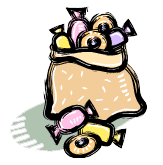 |
|
|
| |
|
| 40) Which equation describes the previous problem where “y” represents the number of children attending the party and “x” represents the number of pieces of candy each child will receive? |
|
|
|
| |
|
| 41) The problem referenced in the previous two questions is about what kind of variation? |
|
|
|
| |
|
| 42) If you were directed by your school to complete Offline Activities for this course, please enter the information on the Log Entry form. |
|
| No offline activities found |
| 0 Hour(s) & 0 Minute(s) |
|
|
Attachments |
|